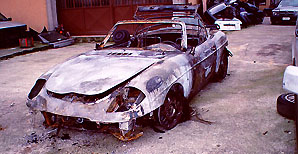
What to look for when purchasing a barchetta (new or used)

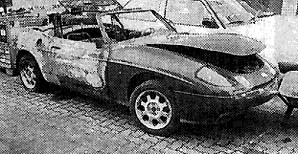
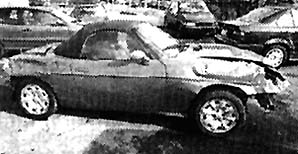
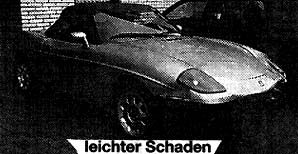

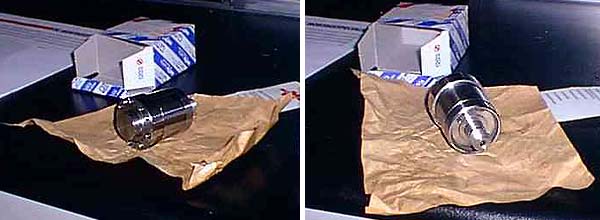 |
|
Click for (diesel-)sound before the part replacement (156kb WAV-file) Click for sound after the part replacement (156kb WAV-file) |
Since June 1998 (chassis number 37640), the Step A engine is fitted, which is claimed to be rated 135 bhp (again). This was done by tweaking the electronics, in order to get lower emission levels and lower fuel consumption. Peak torque of 121lb ft is now developed at 3800rpm, 500rpm lower, all making the barchetta a bit more responsive and marginally quicker in the gears.
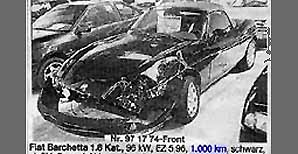
...yet 70% of all current owners would buy another barchetta — 3% wouldn't
Disclaimer:
Some modification dates taken from 'Auto Motor & Sport'.
Mentioned chassisnumbers are based on a list of 40 numbers and
their production dates I have in my possession, but some chassisnumbers might
have been jumbled around a bit...
Send comments to me.